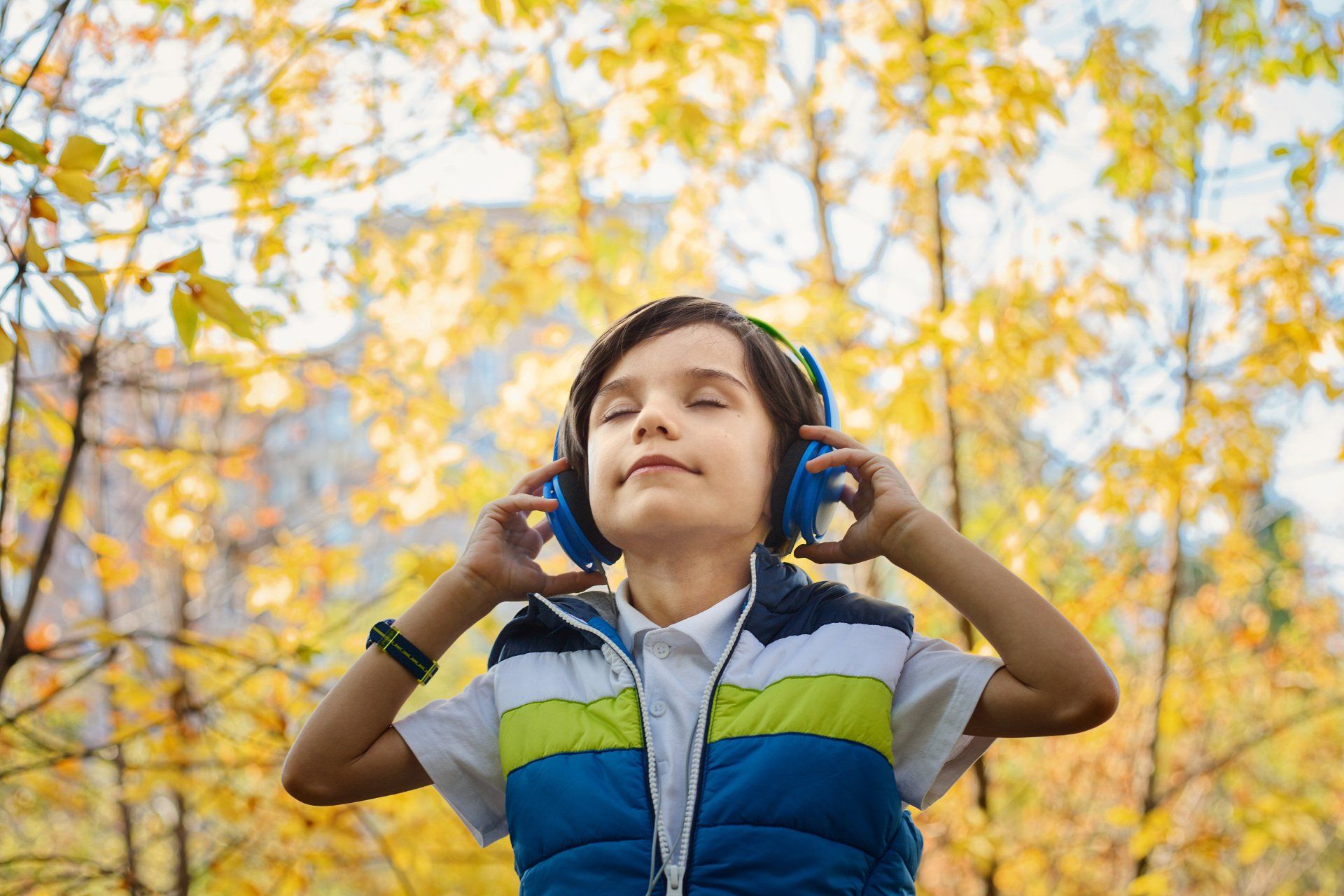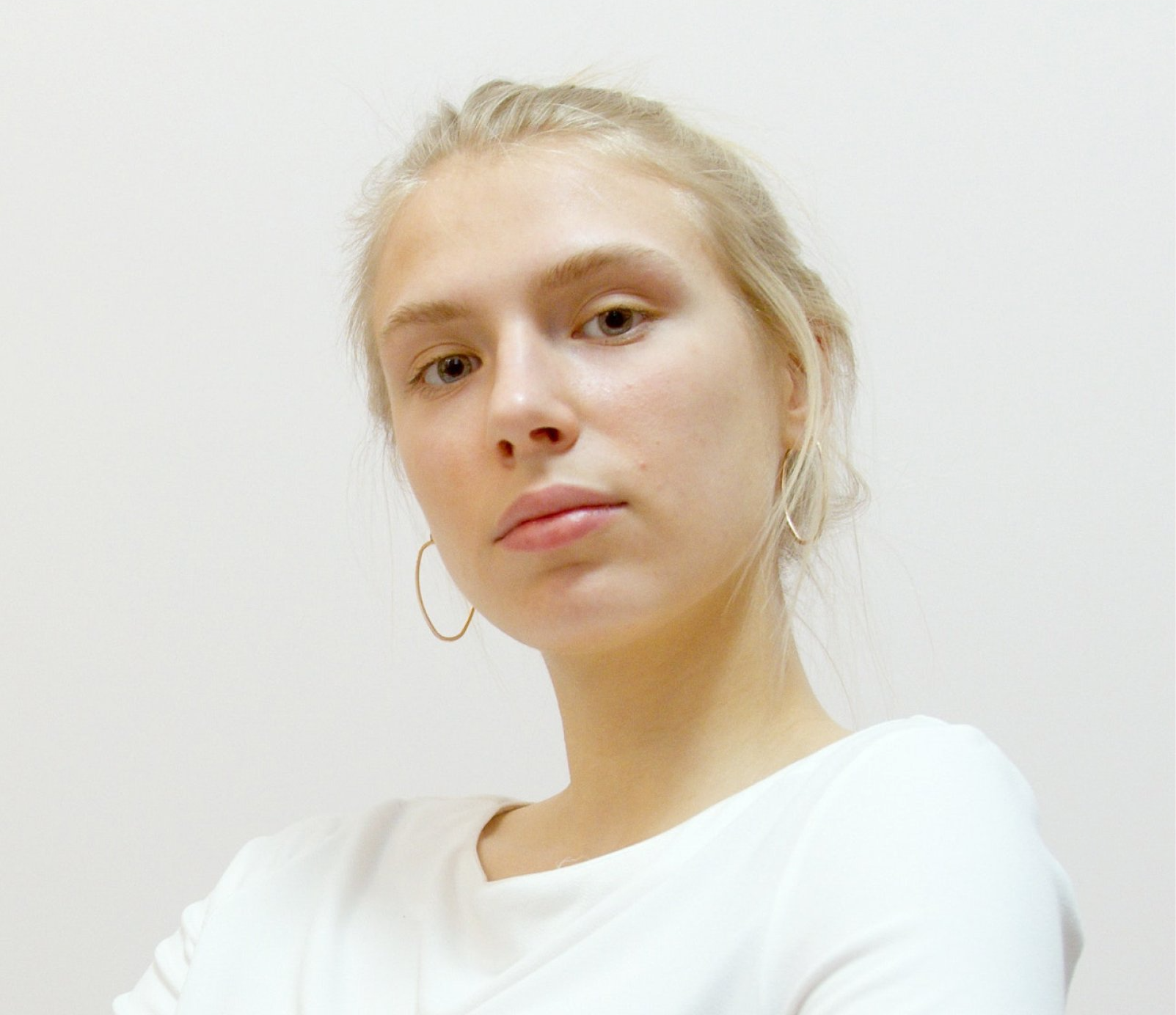As a psychologist specializing in treating ADHD with Neurofeedback (EEG-Biofeedback) for over 20 years, I’ve heard many questions regarding using Neurofeedback to treat this disorder. Here are some of the most frequent and important ones:
1. “I have heard different answers to the question of how many neurofeedback (biofeedback) sessions are needed to treat ADHD; can you clarify?”
The primary reason there are different answers to this question is that there are different types of neurofeedback systems in use. Generally speaking, the more efficient the system is in retraining the part of the brain whose relatively minor imbalance underlies the disorder, the fewer the number of sessions are needed to complete the treatment. Among reputable systems, approximately thirty 30-minute sessions is considered to be the standard to properly treat ADHD using the most efficient neurofeedback equipment available. Undergoing treatment in this fashion considerably reduces the cost and time involved in the treatment.
2. “How many times per week should someone come in for treatment?”
It varies, but a minimum of one session per week is necessary. Some patients are only capable of that frequency, while most can do two to three times per week, and some even more. Since ADHD symptoms decrease as the treatment progresses, the frequency of treatment sets the pace of improvement, which in turn, usually motivates the patient to work harder. Therefore, there is a psychological advantage to working at a faster pace, while one session per week still is acceptable. The time it takes to complete treatment is also a consideration; once per week takes seven and a half months, while three times per week takes three and a half months, for example.
3. “Is it best to do treatment during school or during summer vacation?”
There are advantages to both scenarios. It is good to correct the problem while the child is still in school, so that the current school year can be salvaged. It is also valuable for the school personnel to see that the problem has been corrected. On the other hand, sometimes with extracurricular activities, other children’s schedules, and other complications of the school year, it may be difficult for some parents to do treatment during this time. In that case, summer might be the best time to correct the problem. Not only are the rigors of the school year lessened, but attitudes toward treatment and “making next year better” may be at a more receptive and at a manageable level during summer vacation.
An additional, and very important, consideration is that during the summertime, children can do time-condensed, yet fully effective, summer sessions. Patients can do multiple sessions per day, and often complete the treatment in as little as two weeks. For many busy families, this is an appealing alternative.



